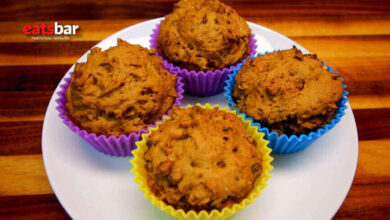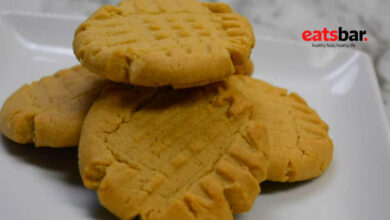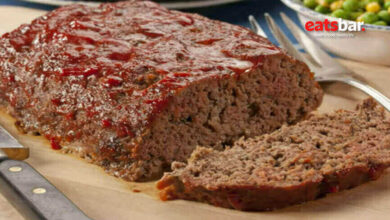Sugar Free Malted Milk Balls – A Chocolate Malt Balls
In this article, you can know all things about sugar free malted milk balls. Sugar-Free Malt Balls are candy that has a crunchy malt center that contains a small amount of sugar, covered in sugar-free chocolate. These are sold in confectionery shops and vending machines. The packaging is a bright pink color with the words “Sugar-Free Malt Balls” written on the bag and a picture of the 2 malt balls inside.
The product is made by a different chocolate company. The malt center is crunchy, almost like a cereal, giving it its name. The chocolate coating is nutty and creamy, but not as sweet as other types of chocolate.
The ingredients are listed as corn syrup, malt extract, and salt, cocoa processed with alkali, and soy lecithin. There are no organic ingredients or genetically modified organisms (GMOs) used to make this product.

Ingredients of Sugar Free Malted Milk Balls
There is included some information about the ingredients of sugar-free malt chocolate balls. After checking it, any parents easily decide for their children.
- Maltitol Chocolate: Maltitol is a sugar substitute that’s typically used in place of sugar. It’s made from the chemical process of converting starch into sugar; it’s less sweet than sugar, but still provides calories to the body.
- Milk Powder: Milk powder is dehydrated powdered milk that’s commonly added to food products to increase their protein content and enhance flavor.
- Milk Sugar (Maltodextrin): Maltodextrin is a polysaccharide made from cornstarch or potato starch which may be used as a food additive or as a fiber supplement.
- Nonfat Milk: Nonfat milk is a dairy product that contains between 0.5% and 2% fat. Whey protein makes up about 20% of the protein in nonfat milk, which is also an excellent source of calcium, vitamins A, D, and B12.
- Vanillin: Vanillin is an artificial flavoring that mimics vanilla extract.
- Soy Lecithin (Emulsifier): Soy lecithin is an emulsifier derived from soybean oil that acts as an emulsifying agent in foods by helping oily substances mix with water-based substances.
Difference between Sugar-Free and Sugar-Added Products
The main difference between this product and other comparable products is that it does not contain any sugar. This makes it an attractive choice for parents who want to buy candy for their children without any added sugar. However, since it does contain some natural sugars from the malt extract in the centers, parents should not be completely confident that their children will not develop cavities from frequent consumption of this product.
In a friendly tone: I know you’ve probably been warned that giving your children candy can give them cavities or make them fat or cause them to go crazy (depending on what generation you’re from). Well, now you can feel safe about giving your kids a treat. These malt balls are just as tasty as their unhealthy counterparts, but instead of being loaded with sugar, they’re sweetened with malt extract—a good source of carbohydrates and B vitamins that occurs naturally in yeast. The result is a delightful confection that’s just as good as the traditional recipe but with fewer empty calories!
It may seem like these are just more expensive versions of what you might find at the local corner store, but these are actually manufactured under strict guidelines to ensure that every batch is safe and consistent.
Note for Sugar Free Malted Milk Balls
Product packaging may reveal more than what meets the eye. For additional information concerning a product, please contact the manufacturer. Content on this site is for reference purposes and is not intended to substitute for advice given by a physician or other licensed healthcare professional. You should not use this information for self-diagnosis or for treating a health problem or disease. Contact your healthcare provider immediately if you suspect that you have a medical problem. Statements and information regarding dietary supplements have not been evaluated by the FDA (Food and Drug Administration) and are not intended to treat, prevent, cure, or diagnose any disease or health condition.



